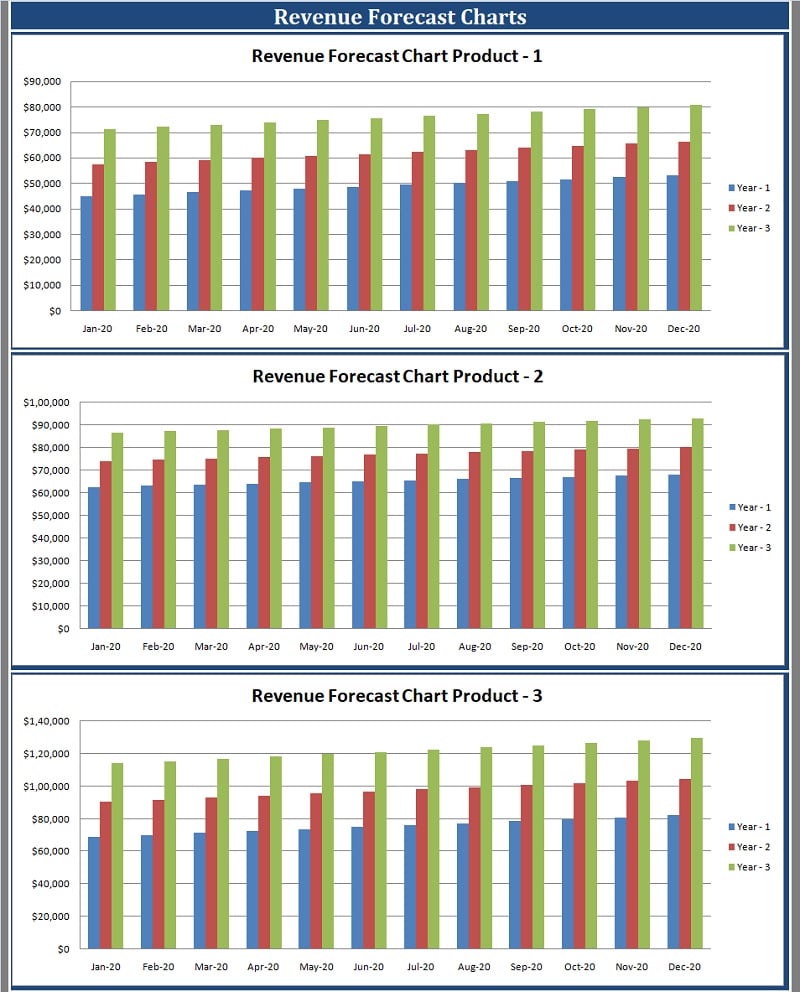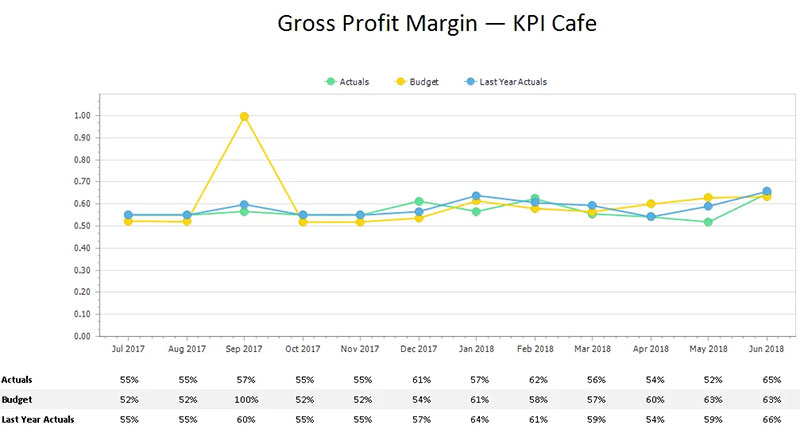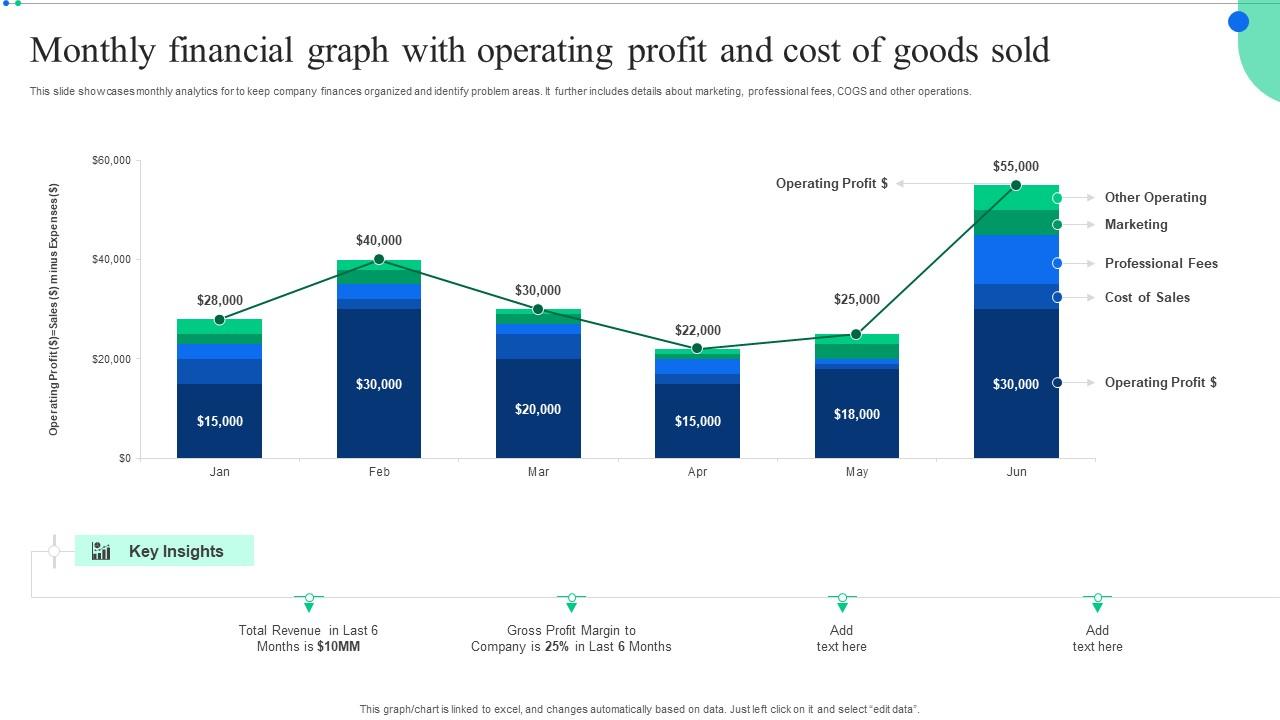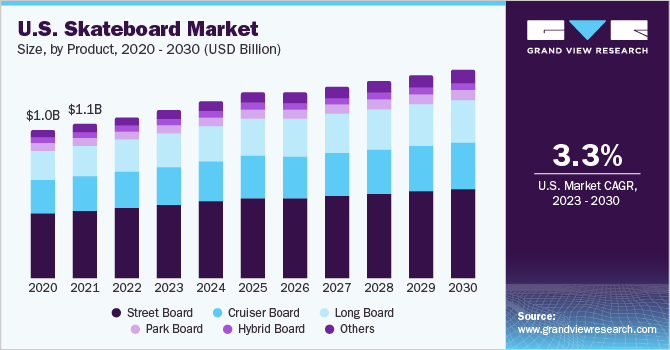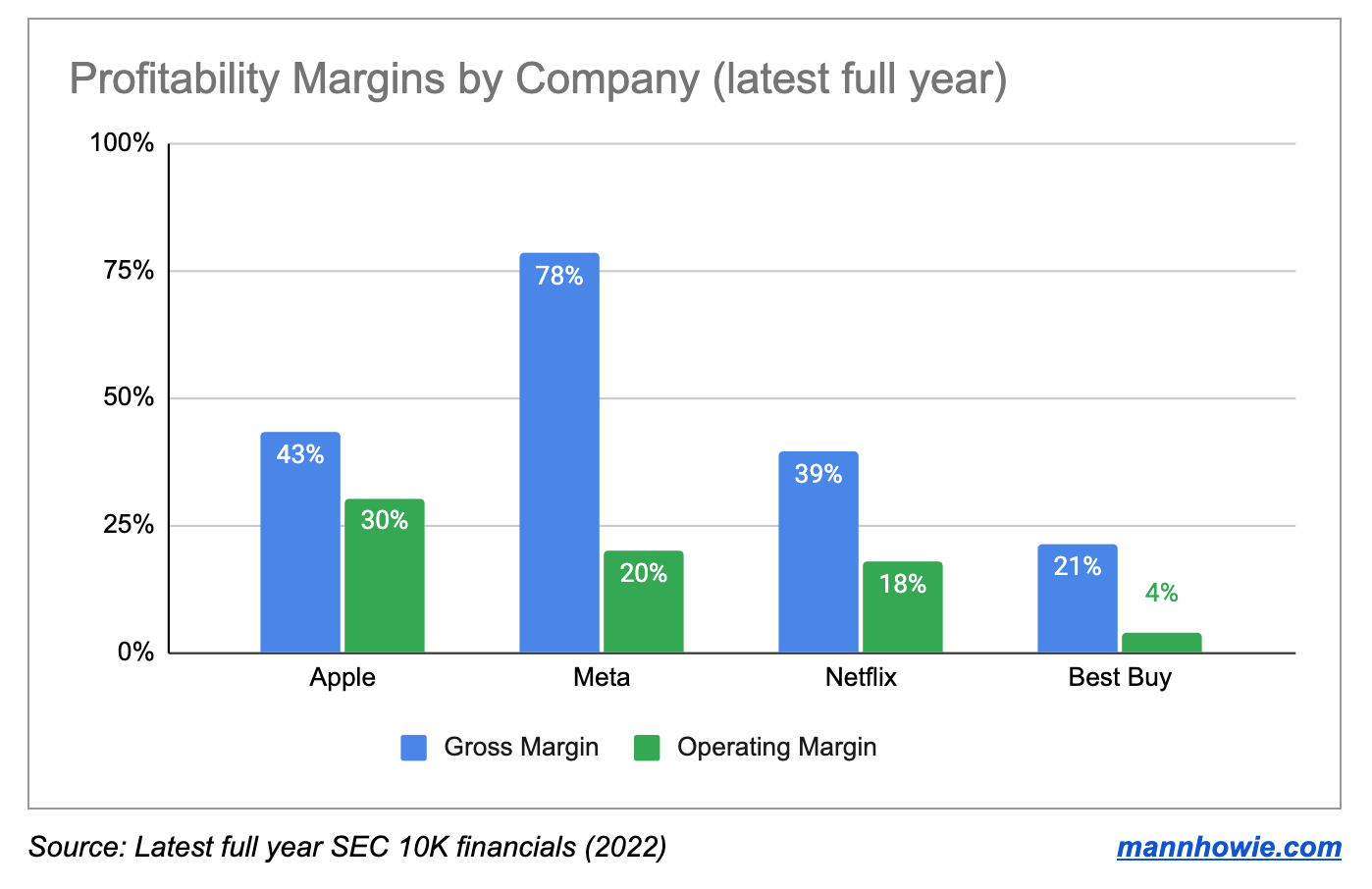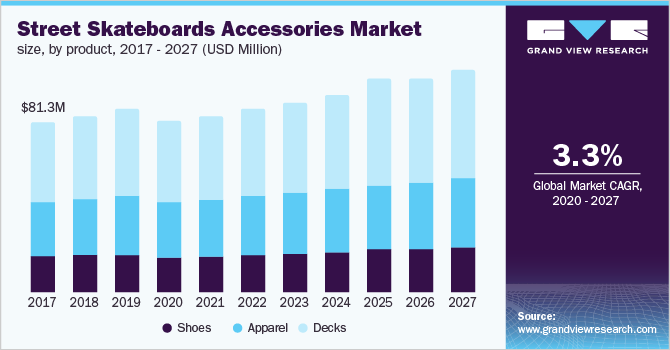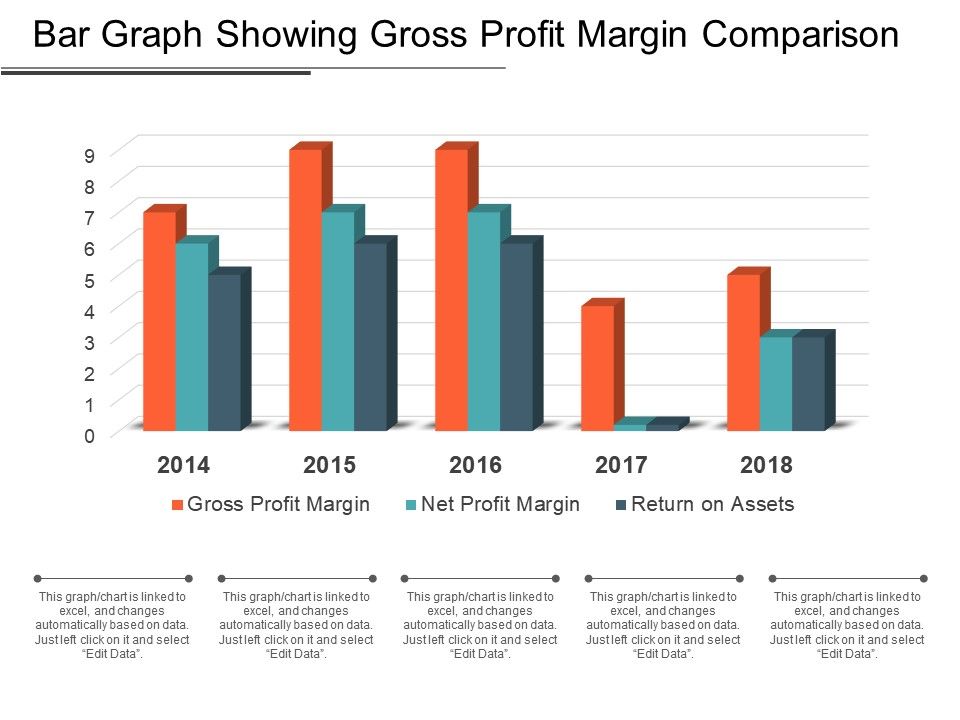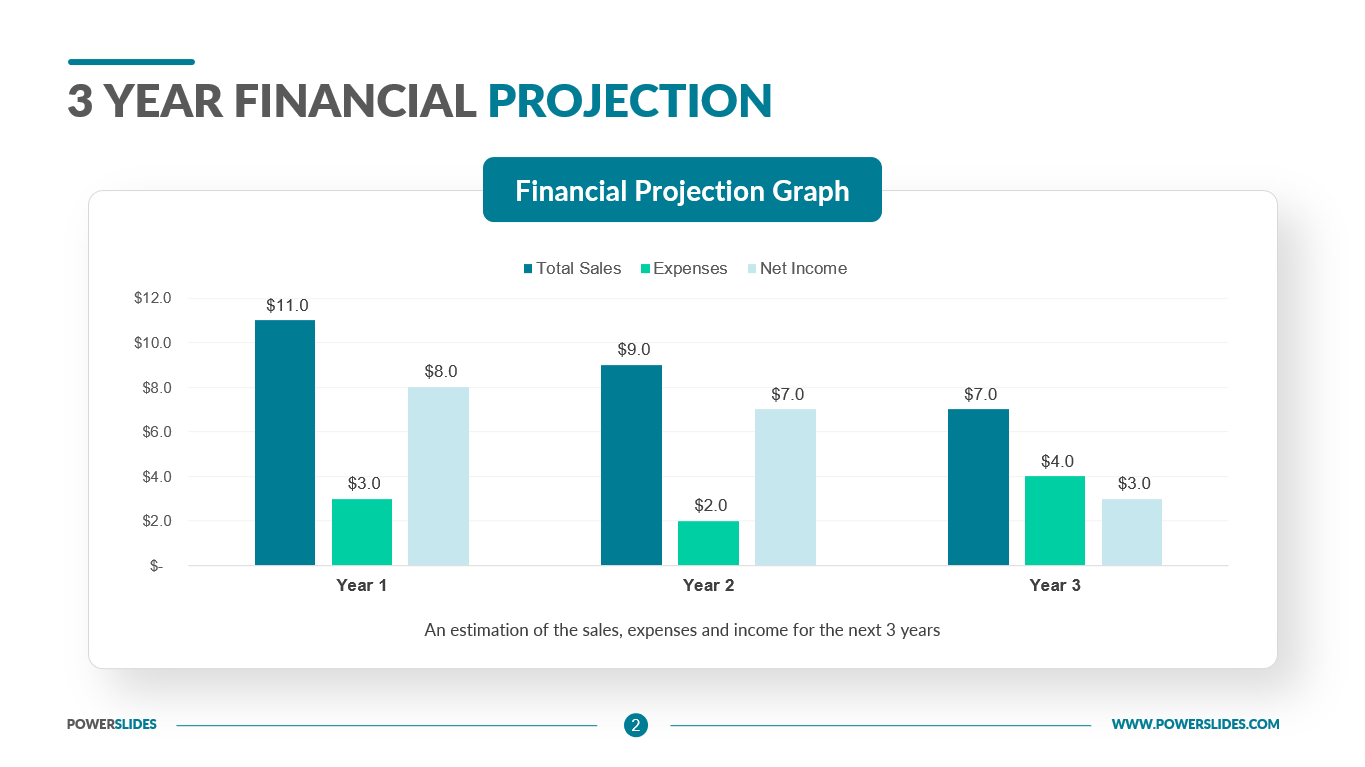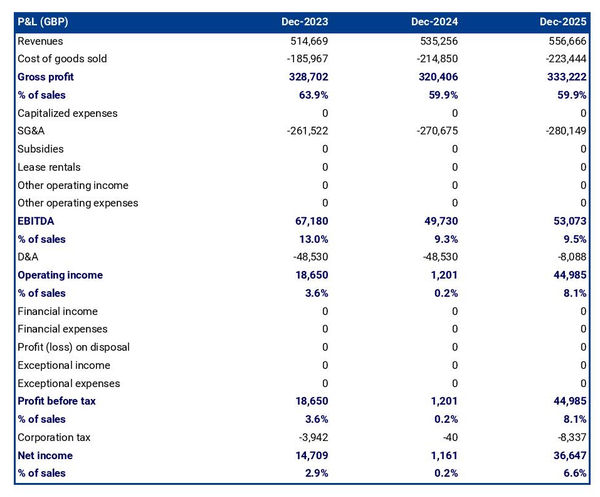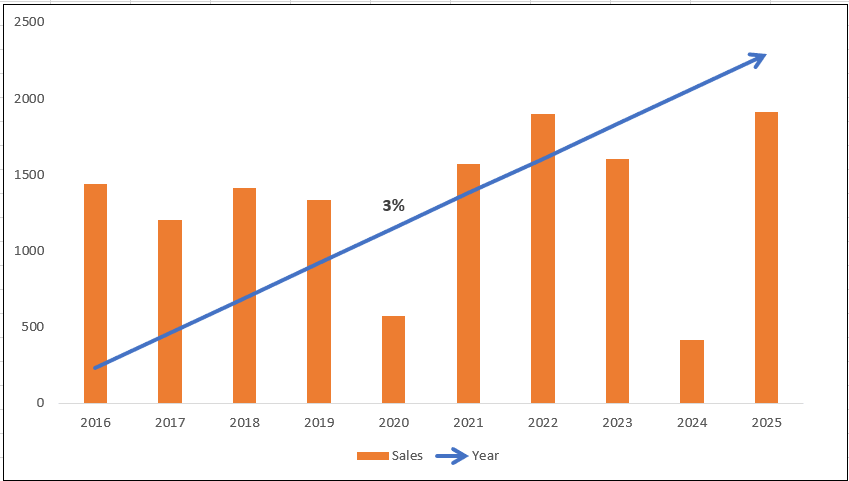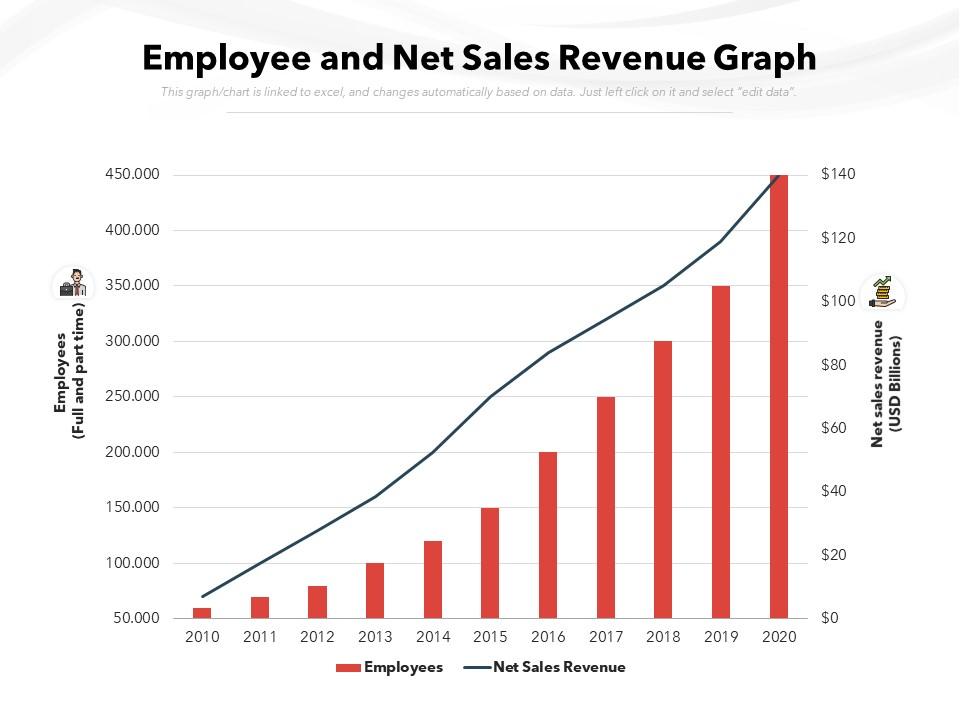Skate Shop Projected Profit Graphs And Charts
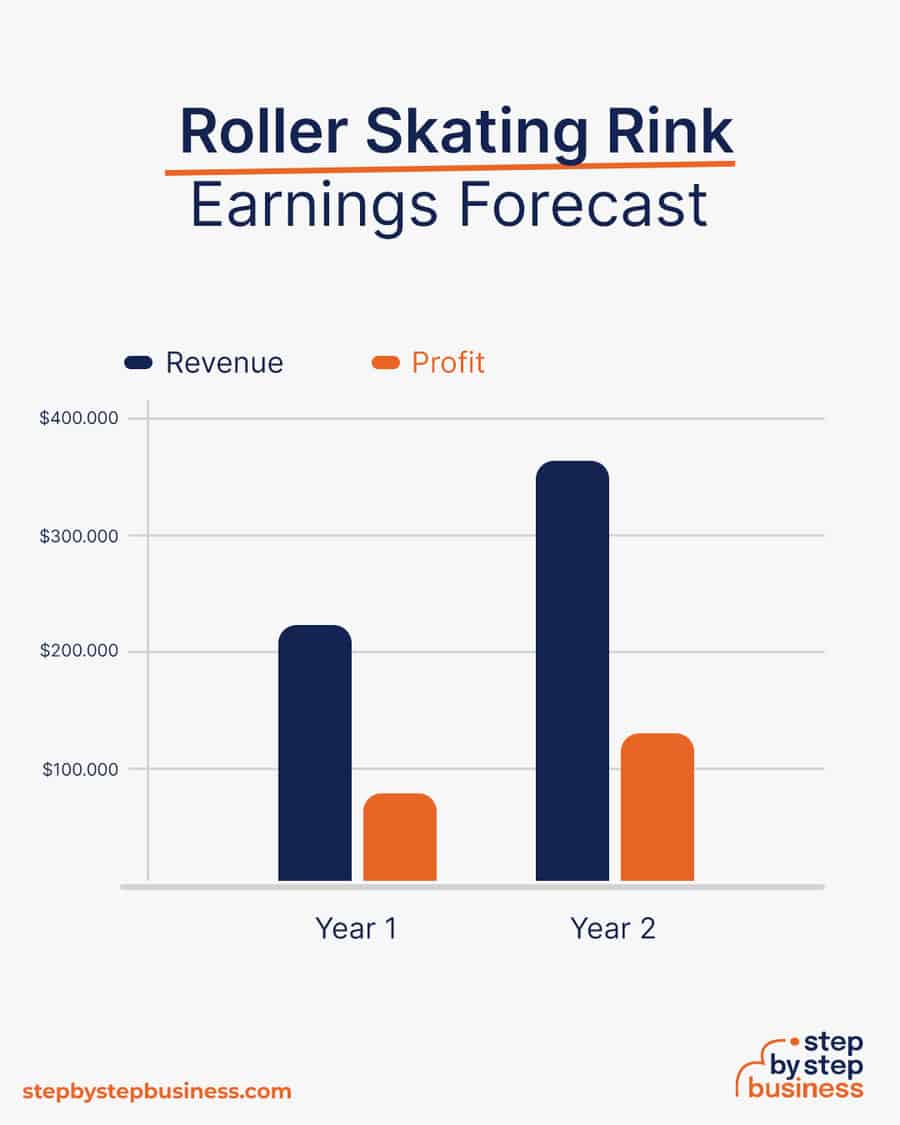
The aroma of freshly gripped decks mingled with the scent of new urethane filled the air at "Rad Boards," a small skate shop nestled in the heart of downtown. Sunlight streamed through the window, illuminating walls plastered with vintage skate posters and the gleaming trucks awaiting assembly. But today, the focus wasn't on kickflips and ollies; it was on spreadsheets, graphs, and the exciting prospect of a brighter financial future.
This article delves into the projected profit graphs and charts that are painting an optimistic picture for skate shops, revealing how these local hubs are not only surviving but thriving in a market increasingly embracing action sports and counter-culture movements. We'll explore the factors contributing to this positive trend, from the resurgence of skateboarding's popularity to the savvy business strategies employed by shop owners.
A Resurgence on Wheels
The skateboarding industry has experienced a significant boom in recent years. Fuelled by the sport's inclusion in the Olympics, a renewed interest among younger generations, and a growing appreciation for its artistic and cultural aspects, skateboarding's popularity has skyrocketed. This has led to a corresponding increase in demand for skateboards, apparel, and accessories, directly benefiting local skate shops.
According to data from the National Sporting Goods Association, skateboarding participation has increased by over 30% in the past five years, with younger demographics leading the charge. This surge in participation translates into more customers walking through the doors of skate shops, eager to purchase their first board, upgrade their equipment, or simply connect with the local skate community.
Beyond the purely athletic aspect, skateboarding has always been intertwined with art, music, and fashion. Skate shops often serve as cultural centers, showcasing local artists, hosting events, and selling unique merchandise that reflects the skater lifestyle. This creates a loyal customer base that is drawn to the shop's authenticity and community spirit.
Decoding the Profit Graphs
Analyzing the projected profit graphs of skate shops reveals a consistent upward trend across various regions. Factors contributing to this include increased sales volume, higher average transaction values, and improved inventory management. Shops are becoming increasingly adept at catering to the diverse needs of their customers, offering a wider range of products and services.
"We've seen a significant increase in sales over the past year," says Maria Rodriguez, owner of "Grind House Skate Supply." "Our projections show a continued growth trend, driven by our strong online presence and our commitment to providing excellent customer service."
Online sales have become an increasingly important revenue stream for skate shops. By leveraging e-commerce platforms and social media marketing, shops can reach a wider audience and overcome geographical limitations. Many shops also offer online ordering with in-store pickup, catering to customers who value convenience and speed.
Strategic Business Moves
The success of skate shops isn't solely attributed to external factors; it's also a result of the strategic business decisions made by shop owners. Many shops are focusing on building strong relationships with their customers, offering personalized advice, and creating a welcoming atmosphere. This fosters customer loyalty and encourages repeat business.
Smart inventory management is another key factor. By carefully tracking sales data and forecasting demand, shops can avoid overstocking unpopular items and ensure they have the right products in stock when customers need them. This minimizes waste and maximizes profitability.
Collaboration with local artists and brands is also a popular strategy. By offering unique and exclusive products, shops can differentiate themselves from the competition and attract customers who are looking for something special. These collaborations also help to support the local creative community.
Shops are also increasingly offering services such as skateboard repair, lessons, and event organization. These services not only generate additional revenue but also help to build community and foster a sense of belonging among skaters.
Challenges and Opportunities
While the projected profit graphs paint a positive picture, skate shops still face challenges. Competition from large online retailers is a constant threat, and maintaining profitability in a fluctuating economy requires careful planning and execution.
However, these challenges also present opportunities. By focusing on providing a unique and personalized shopping experience, building strong relationships with their customers, and leveraging online platforms, skate shops can thrive in a competitive market.
Sustainability is also becoming an increasingly important consideration. Customers are becoming more aware of the environmental impact of their purchases and are seeking out brands that prioritize sustainable materials and ethical manufacturing practices. Shops that embrace sustainability can attract environmentally conscious customers and differentiate themselves from the competition.
The Future Looks Bright
The projected profit graphs and charts provide a compelling snapshot of the health and vitality of the skate shop industry. While challenges remain, the industry is well-positioned for continued growth and success. The passion and dedication of skate shop owners, combined with the enduring appeal of skateboarding, suggest a bright future for these local hubs of skate culture.
As the sun dipped below the horizon, casting long shadows across "Rad Boards," the figures on the spreadsheets began to take on a new meaning. They weren't just numbers; they represented dreams, aspirations, and the unwavering spirit of a community united by a shared love of skateboarding. The future, it seemed, was rolling in the right direction.



